HOYA HD nano Mk II CIR-PL Filter Review
All sample photos and product shots of this review were captured by Christophe Anagnostopoulos unless otherwise noted.
January 22, 2023 -> Full Review was published.
***Reading Time: 25 minutes***
Intro
I have mentioned it many times on my reviews and articles that I’m a big fan of filters, as they are a crucial tool for my work.
I want to avoid repeating myself, saying the same things in each review, so let’s dive in on one of the most useful photographic filters available, the Circular Polarizer, and more particular on the new HOYA HD NANO MK II CIR-PL filter.
In this review I will share my experiences on using this new filter from HOYA, and as always, feel free to email me or send me a message if you have any questions that are not answered in this review, or just to propose another product that you want me to review it on the near future.
Let’s go!
Image Samples, captured with HOYA HD NANO MK II CIR-PL filter
F2.2 – 1/3200s- ISO 160
Lens: Tokina atx-m 56mm F1.4 (X)
*Disclaimer*
Before proceeding, it is proper to mention that I’m a Global Ambassador of HOYA filters since 2017, however this is not a paid post, and I’m only expressing my personal thoughts and experiences using the new HOYA HD NANO MK II CIR-PL filter.
Testing Notes
The following lenses were used for this review:
The following cameras were used for this review:
- Fuji X-H2s
- Nikon Z7ii
- Fuji X-T3
What is a CPL filter
Recently I posted a fully detailed article about CPL filters on Petapixel (and a detailed guide on filters in general), covering all aspects and details about how they work, etc.
Of course you can read it if you want, but allow me to make a short reference at this point.
A CPL filter basically is a glass filter that reduces or eliminates the glare from reflective surfaces in photos, and also enhances overall contrast and saturation to the overall scene.
The most important thing to note is that even with today’s advances in technology and AI software, it still remains one of the few filter effects that cannot be reproduced digitally.
Basically either you will capture the scene with the CPL filter removing any unwanted reflections at that time of the capture… or not.
Reflections captured in a photo cannot be magically eliminated from the scene with a photo editing app.
You can read more about the science behind a CPL filter on the Petapixel article, but to summarize a CPL filter does the following:
- Removes unwanted reflections,
- Increases the overall contrast of the image,
- Enhances overall colors (saturation) and especially those beautiful blue skies and in foliage,
- Reduces atmospheric haze.
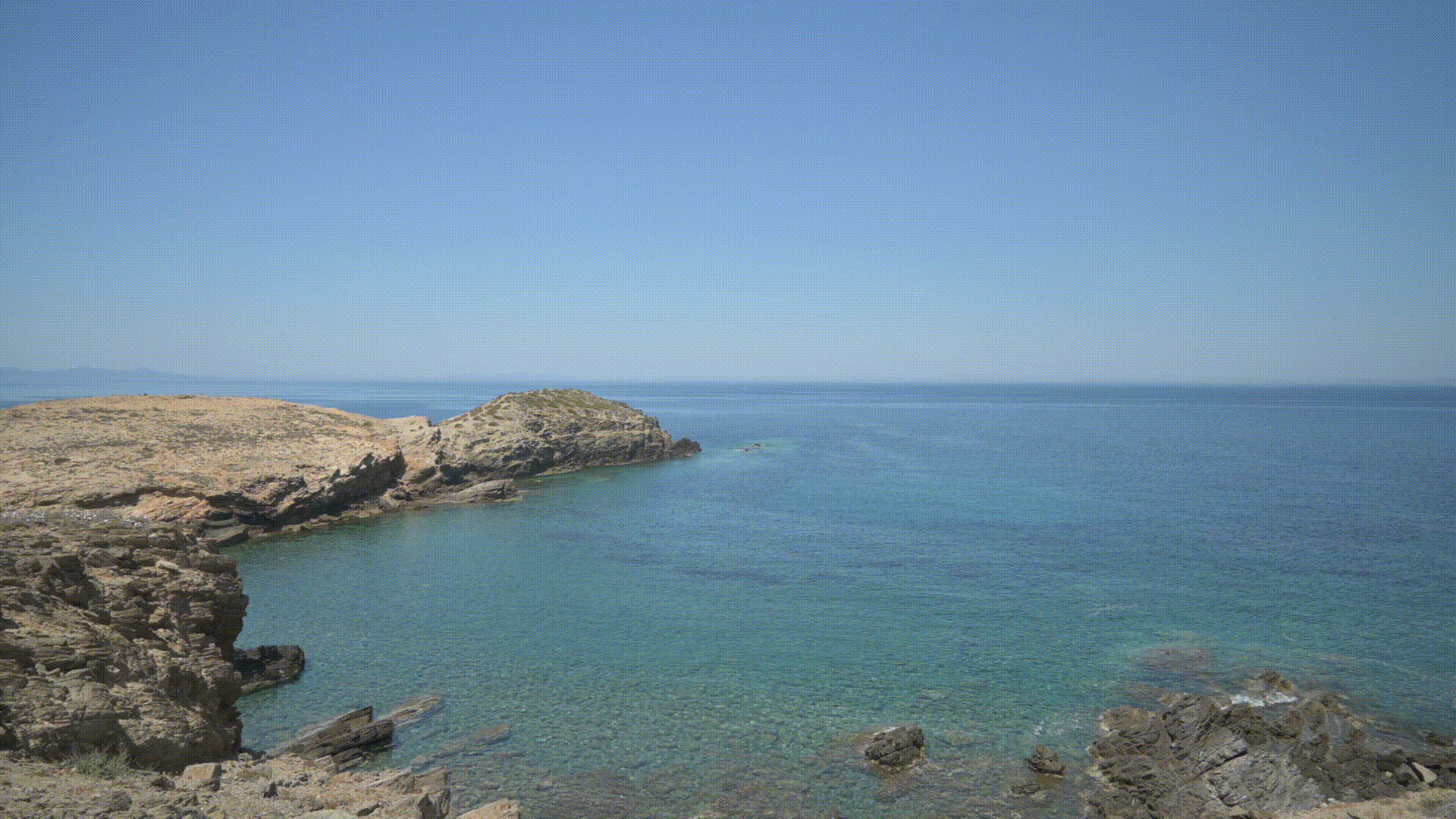
Example of CPL effect while rotating the front ring
Build Quality & Design
The first thing that I always check and test in any product is the build quality.
As most of the time I’m out in the field, usually facing all weather elements from a light rain to strong winds, from extreme heat to ice and snow, I must be certain that I can trust my tools (that also applies for my lenses and cameras, but we’ll leave it for another article/review????).
The HOYA HD NANO MK II CIR-PL filter is made of high quality aluminum that ensures great durability out in the field as also a very lightweight construction, which in the 77mm size that I used for this review is weighing 80gr.

The ultra-thin aluminum frame design ensures ensures a slim profile that helps to avoid any vignetting on the captured image, even when using ultra wide-angle lenses.

HOYA HD nano Mk II CIR-PL on Tokina opera 50mm F1.4 (F) Lens
The filter is made of toughened glass, incorporating all the newest and advanced technologies of HOYA, but what really steal the show on this filter are its nano coatings.
This ultra-hard and newly developed coating is applied onto the filter’s glass surface more firmly and tightly on the nano level than ever before.
Due to this, the particles are layered on the glass surface with extremely high density that creates a hard to come off and smooth coating.

Basic Coating

Nano Coating
With 16 layers applied to both sides of the filter glass, the coating is a solid 200% harder than that of common CIR-PL filters, making it the hardest and most scratch & stain resistant coating among all manufacturers. Basically, it is nearly scratch proof! Amazing!
Of course, these nano-coatings also prevent any possible color cast as also providing water repellent abilities to ensure that you can continue to shoot in any weather condition.
HOYA is by far the most advanced optical manufacturer in the world so there is little to be said about the quality of its filters.

Available Sizes
The HOYA HD nano Mk II CIR-PL filter is available in almost all possible sizes that ensures that will fit your lens, and more specifically its available sizes are: 49, 52, 55, 58, 62, 67, 72, 77, and 82mm.
Basically, except the case of using a long telephoto lens that takes filters with a diameter bigger than 82 (i.e. 95mm), the available range will cover 95% of all available lenses in the market.
Technical Specifications
- Brand: HOYA
- Model: HOYA HD nano Mk II CIR-PL
- Series: HD nano Mk II
- Filter Type: CPL
- Frame Material: Aluminum
- Available Sizes: 49, 52, 55, 58, 62, 67, 72, 77, 82mm
- Coating Layers: Yes
- Anti-Reflection Coating: Yes
- Stain Resistant: Yes
- Super Scratch-Resistant Coating: Yes
- Antistatic Coating: No
- Hardened Glass: No
- Super High Transparent PL Film: Yes
- UV Cut Ability: Yes
- ND Filter Factor Number: 2.2
- Transmittance EV Correction: 1-stop
- Country of Origin: Japan
How to Achieve the Optimal Polarization Effect
To achieve the optimal polarization effect, the light source, usually the Sun, must be located at an angle of 90° degrees from the point where the camera/lens is looking.
An easy and very practical way to calculate out in the field if you can achieve the maximum polarization is to use the rule of thumb.
Your index finger must look in the way the camera is looking and your thumb will target the sun, like shown below:

The HD NANO MK II CIR-PL filter also has a marked point on its frame which indicates the proper position to have an optimal polarization effect.

Handling & User Experience
I found the overall handling of the HOYA HD NANO MK II CIR-PL to be excellent, as it is so easy to find the proper angle to achieve the optimal polarization effect. I could rotate the front ring out in the field, in a very cold environment even when wearing gloves, as the filter offers a very good solid grip despite its slim design.

Transmittance EV Correction
Due to their design, all CPL filters also act as a “light strength” ND filter, so it was important to test the light transmission of the HOYA HD NANO filter and how many stops of light it blocks.
From my tests, and depending on the selected metering (spot, center weighted, multi/matrix) I found that the HOYA HD NANO MK II CIR-PL blocks around 2/3 to a full stop of light, so it is important to check for the necessary adjustments in your exposure settings to have a balanced shot.
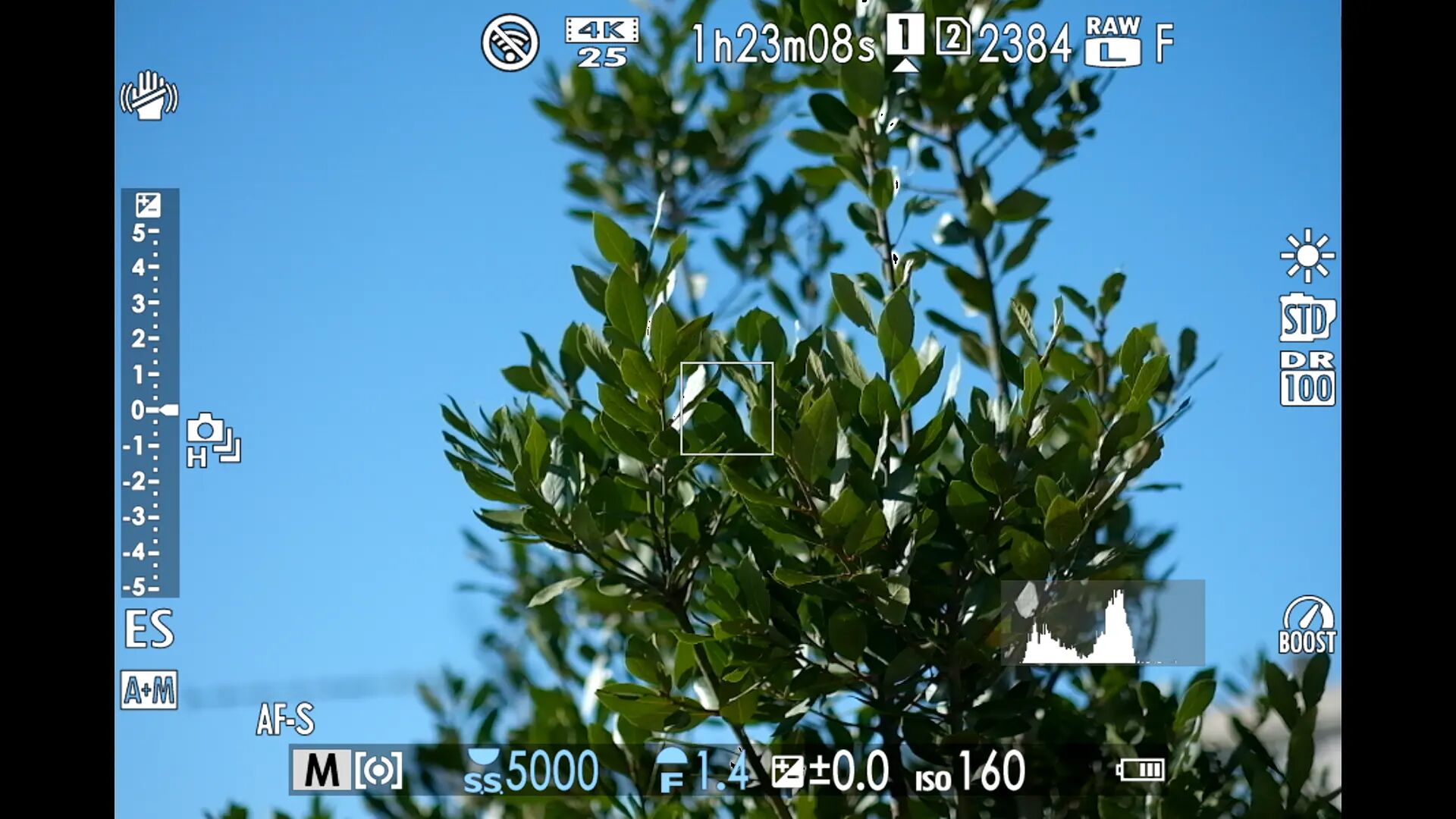
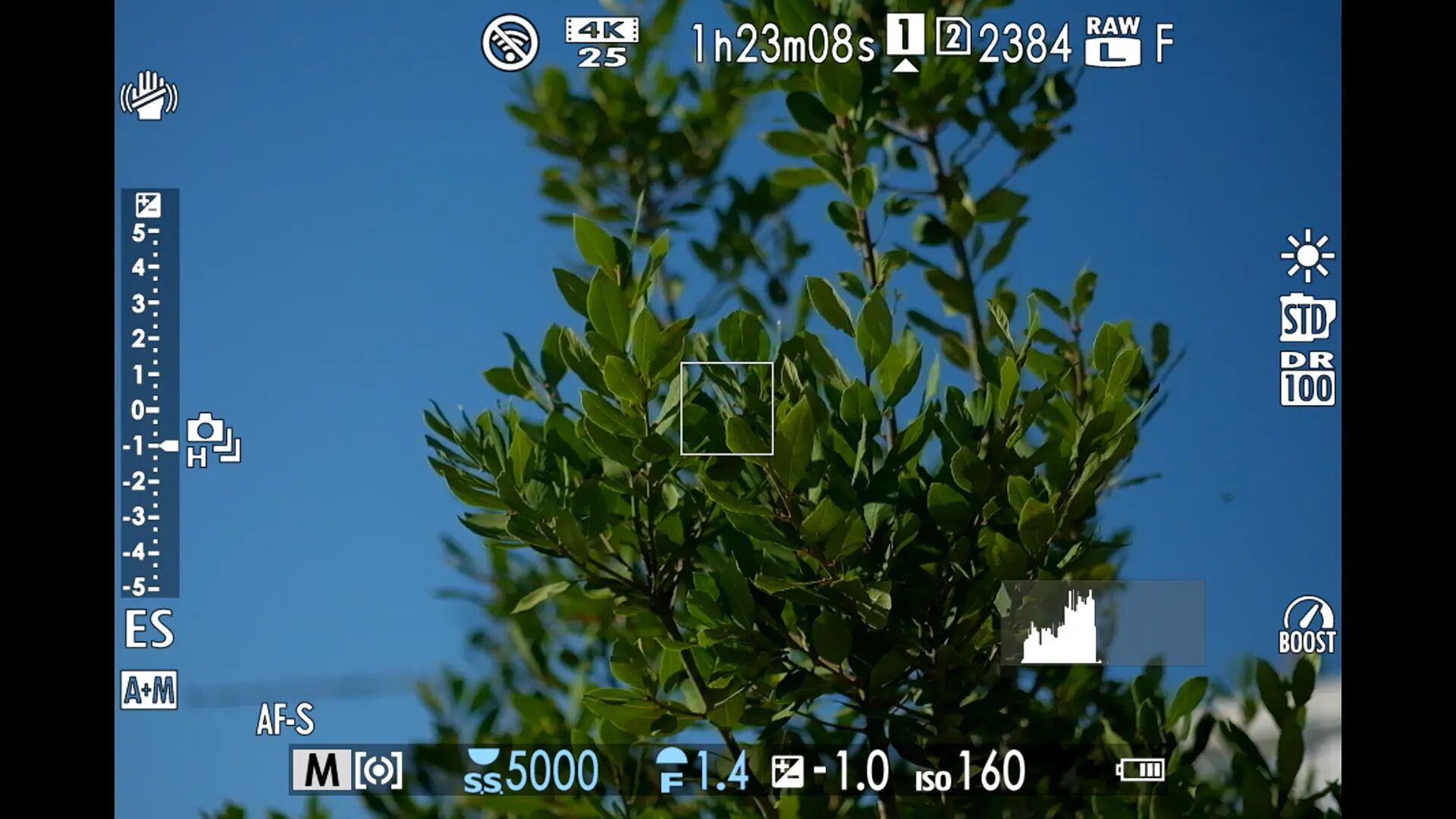
Flaring
The advanced nano-coatings also help in theory to reduce visible flaring issues, and in real life scenarios indeed flaring is handled very well.
In my tests, and depending on the light course position, there was some visible flaring but nothing to serious that distracts the eye or ruin the whole image.
The aperture in both the examples below was wide open at F1.4 and the flaring was handled exceptionally well, and relative easy to fix it in post.
Samples With and Without HD NANO MK II CIR-PL Filter
Let’s see some real world samples while using the HOYA HD NANO MK II CIR-PL filter.
In all samples the image on the left is without filter and on the right is with HOYA HD NANO MK II CIR-PL attached to the lens.
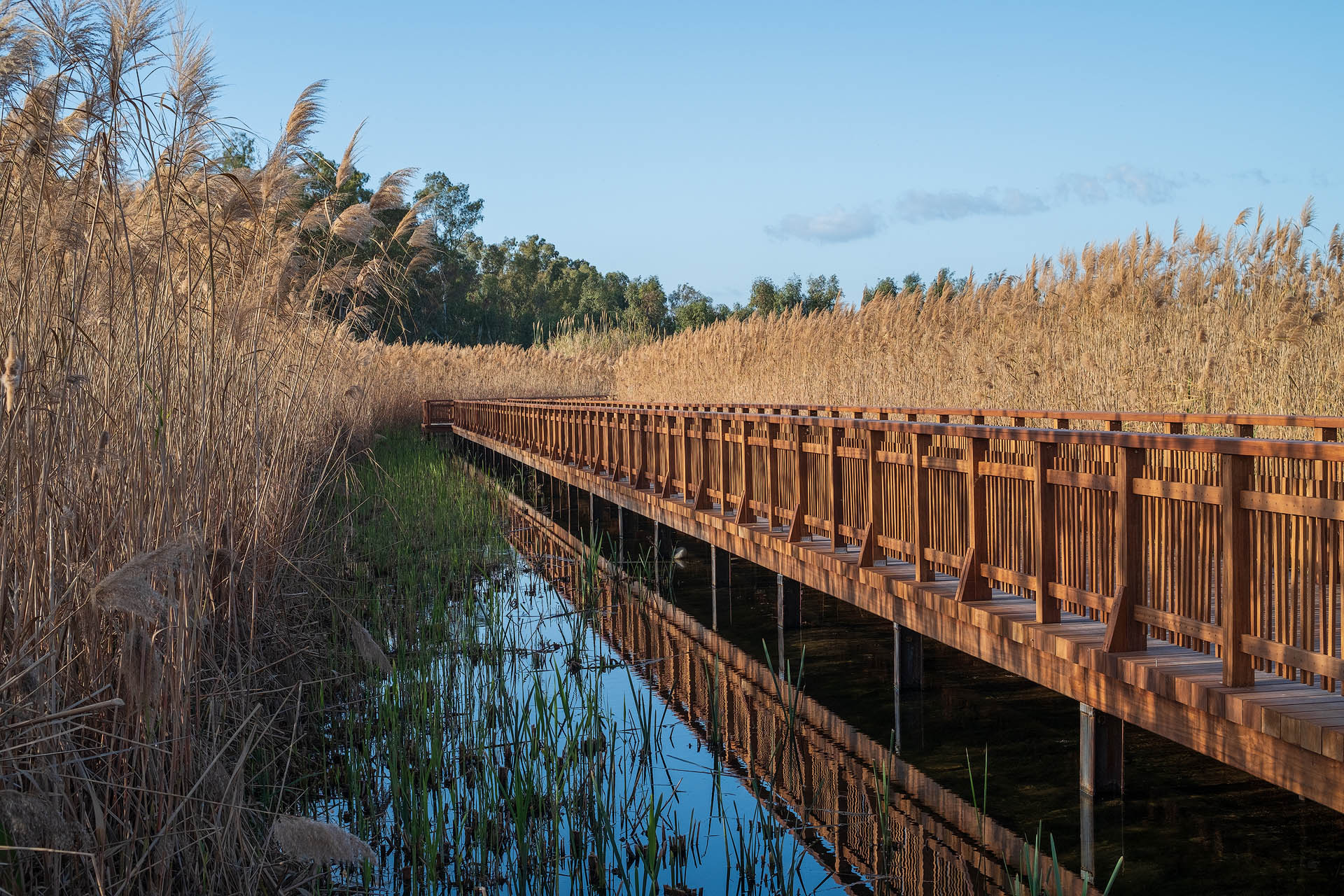
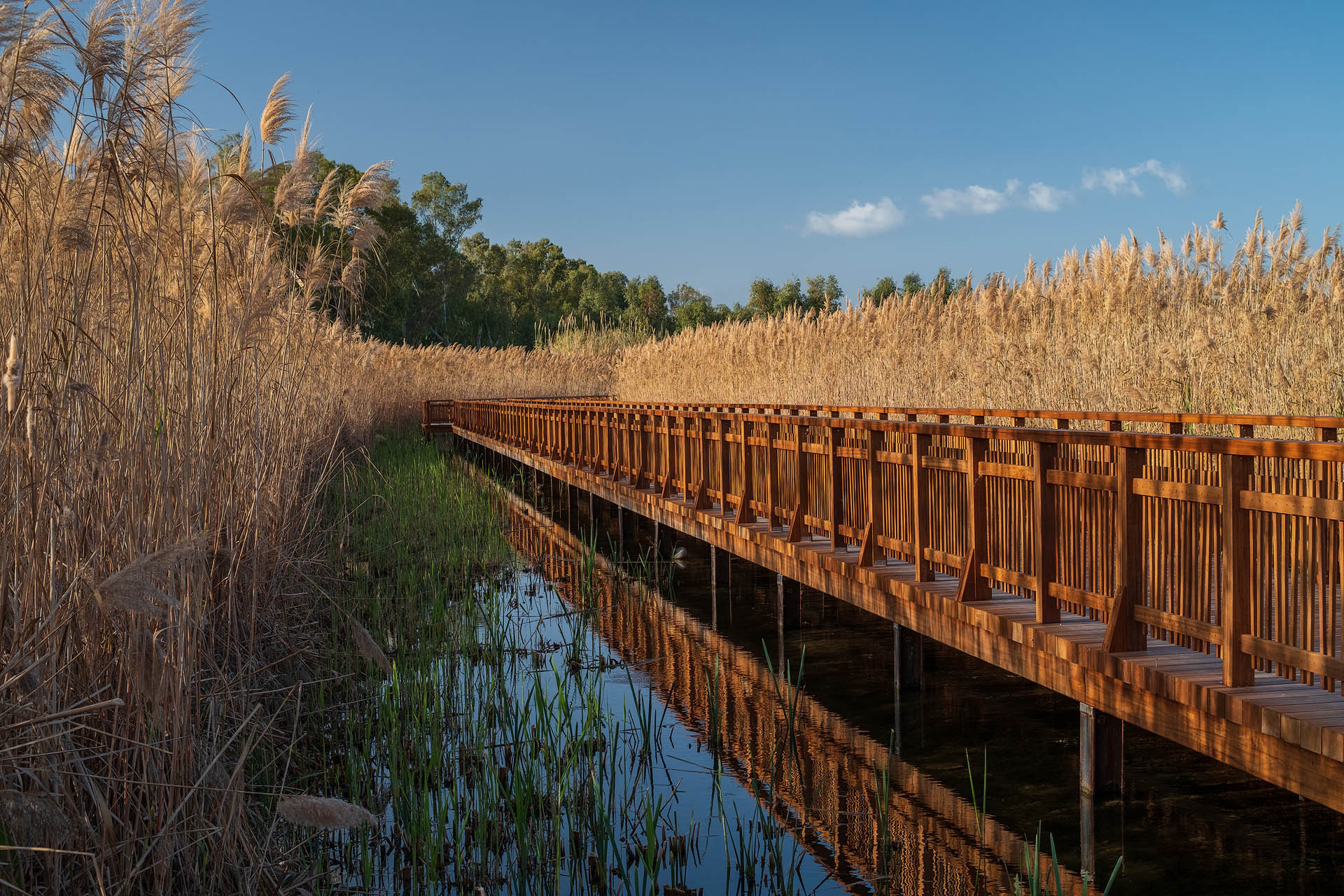
In this example, the Sun is on the back of the camera and in combination to the camera angle, a very good polarization effect is achieved.
Notice the differences between the two shots: except the obvious difference in the sky which is more blue and not looking washed-out, the reflections in the water and the wooden surfaces are gone, increasing the overall contrast in the whole image.
There is also a slight saturation boost in the golden straws in the back, due to the increased micro-contrast.
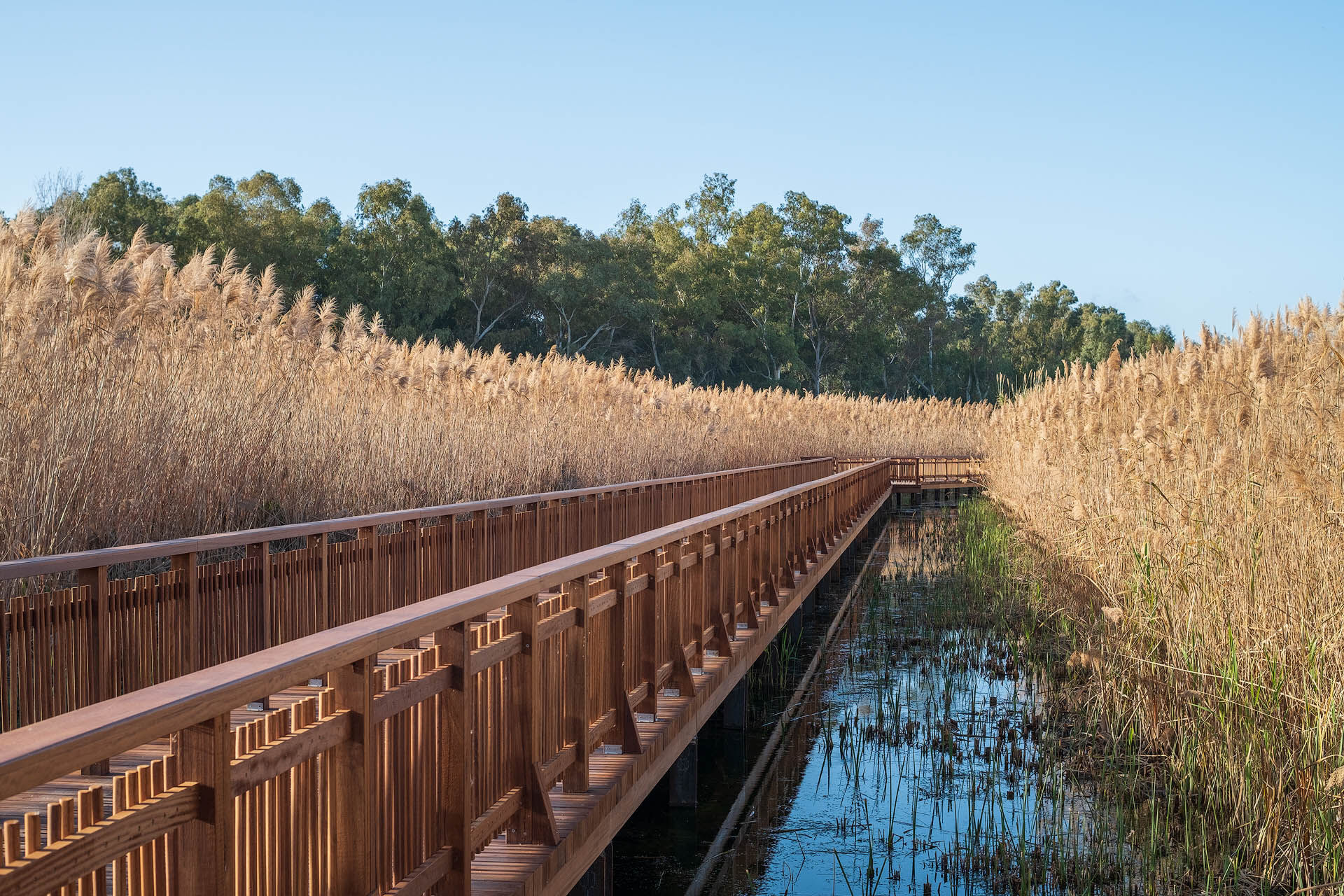
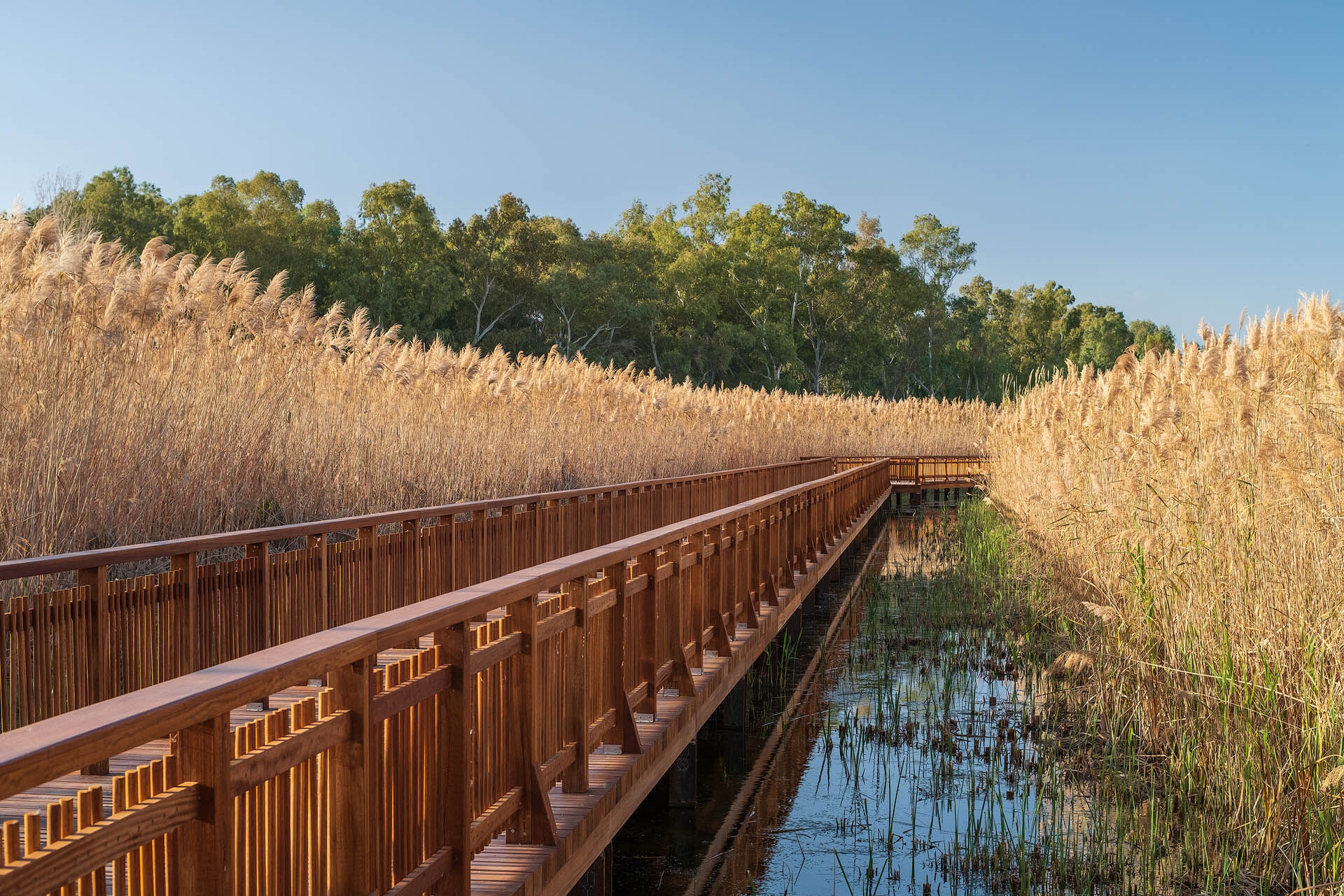
In this example, I changed the position of the camera in the same location, bringing the Sun on the left of the camera, slightly out of frame.
My goal was to check if I will get the same excellent results in terms of contrast, micro-contrast , saturation, etc, having the light source not in an optimal polarization angle, and the results are also great as you can see from the images.
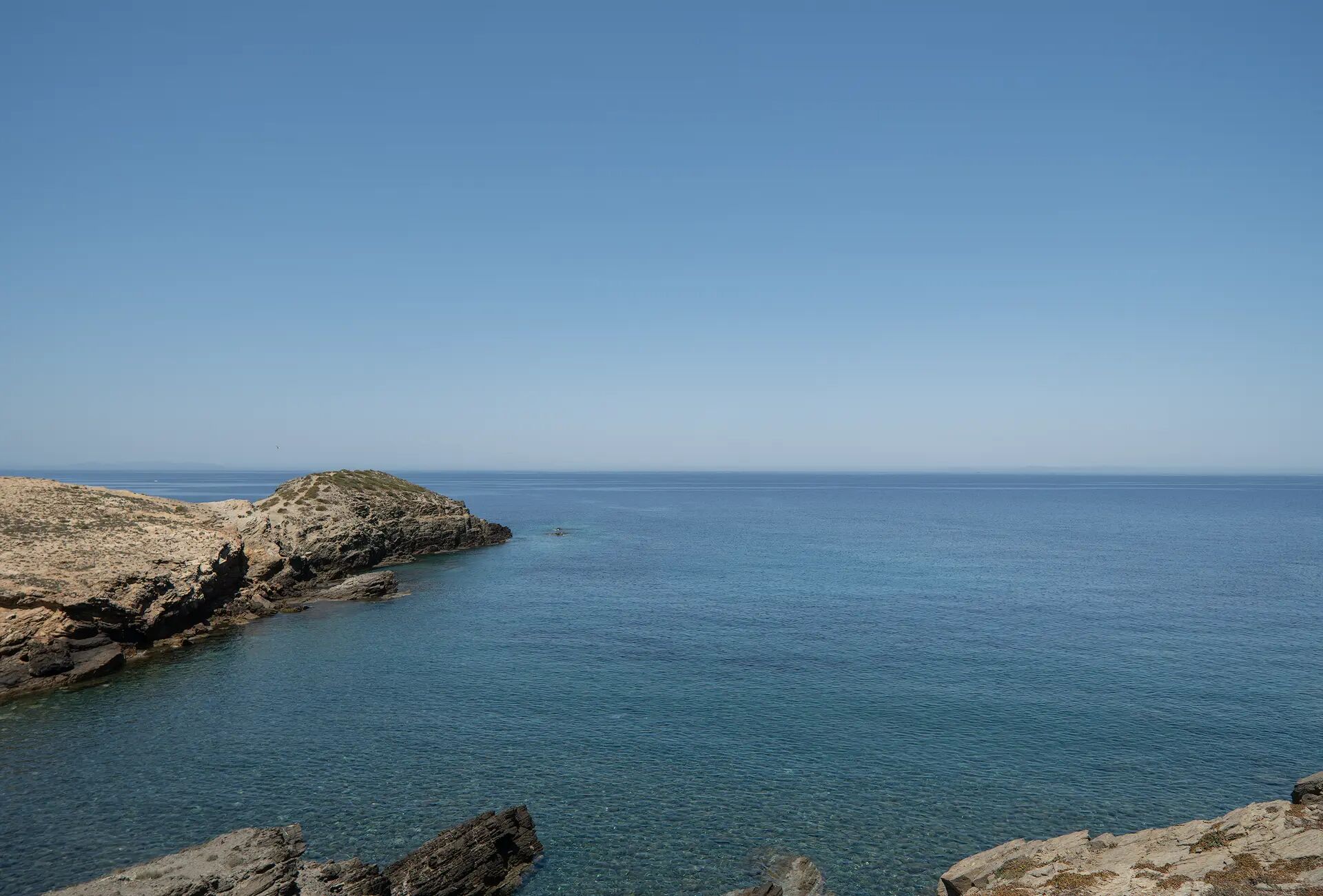
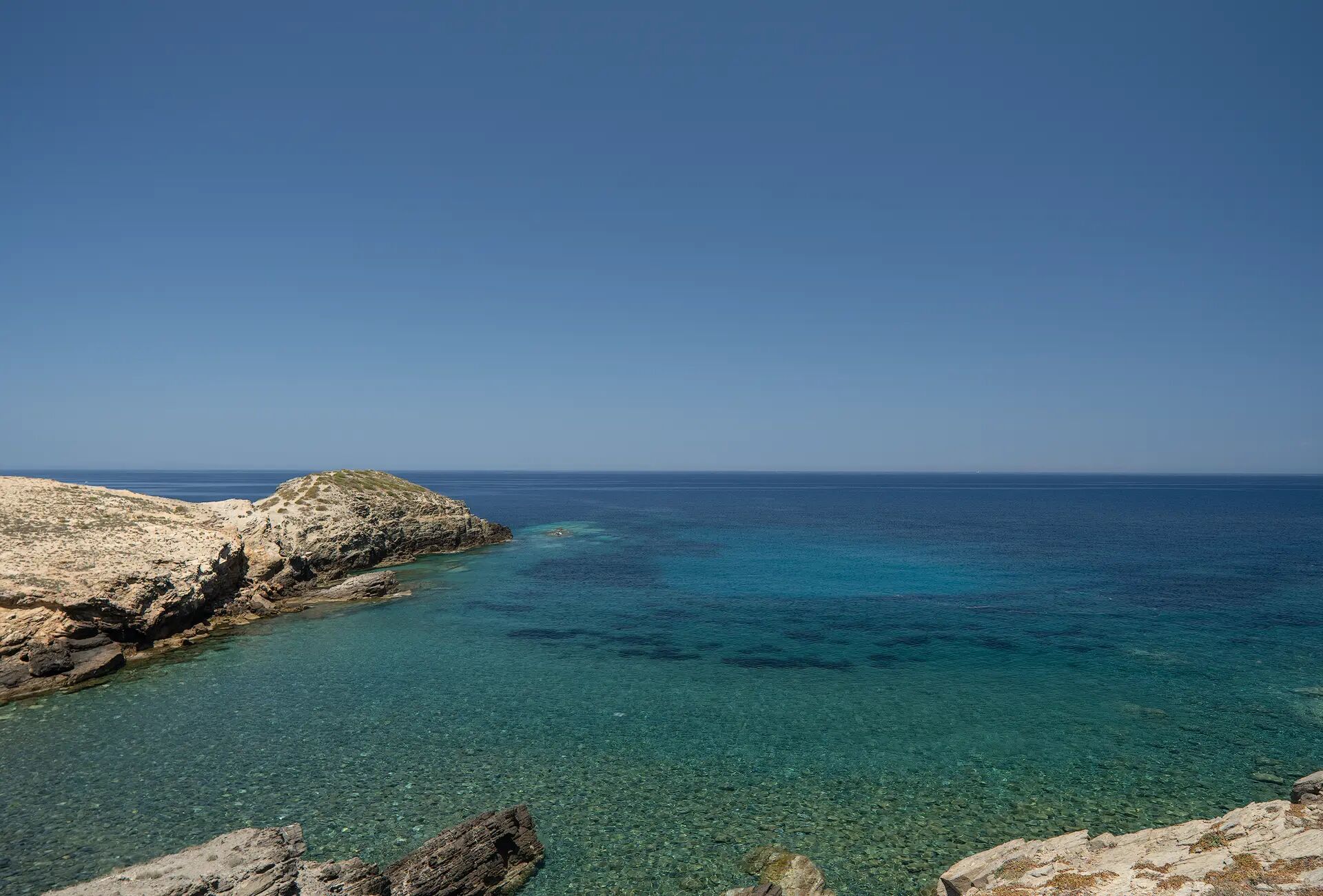
In this last example, the Sun is placed directly above the camera, having the optimal polarization effect.
The results are pretty clear, as not only all reflections in the sea and the rocks are gone, but the saturated colors improve drastically the final image.
Personal Thoughts
I have been using the HOYA HD NANO MK II CIR-PL filter nearly every day for the last year, for my professional work as also on my projects, and very honestly the filter didn’t let me down.
More specifically, I tested in extreme situations with lots of cold, snow, ice and rain while filming my latest award-winning short film “Into The Mountains”, and no matter how hard I tried to find any issues, nothing troubled me.
Its optical and build quality assured me that it is a premium product to be used in all conditions and climates, and I was just focused on my work.
Personally, if I could keep only three filters, that would definitely be one of them (don’t ask me what would be the other two, check my reviews and you will understand????)
Conclusion
“An amazing filter of the highest possible quality, incorporating all the newest technologies of HOYA.
Simply, a must-have for every photographer.“
Ratings
| Build Quality: |  (9.2 / 10) (9.2 / 10) |
| Handling: |  (8.8 / 10) (8.8 / 10) |
| Size and Weight: |  (9.4 / 10) (9.4 / 10) |
| Optical Performance: |  (9.4 / 10) (9.4 / 10) |
| Available Sizes: |  (10.0 / 10) (10.0 / 10) |
| Price: |  (8.6 / 10) (8.6 / 10) |
| Average: |  (9.2 / 10) (9.2 / 10) |
Want to get notified when a new review is published?
Consider subscribing to my Newsletter!
Did You Know?
..That each participant on my Mountains Experience Workshop gets a 10-stop HOYA ND filter?
Check my Landscape Photography Workshops here!


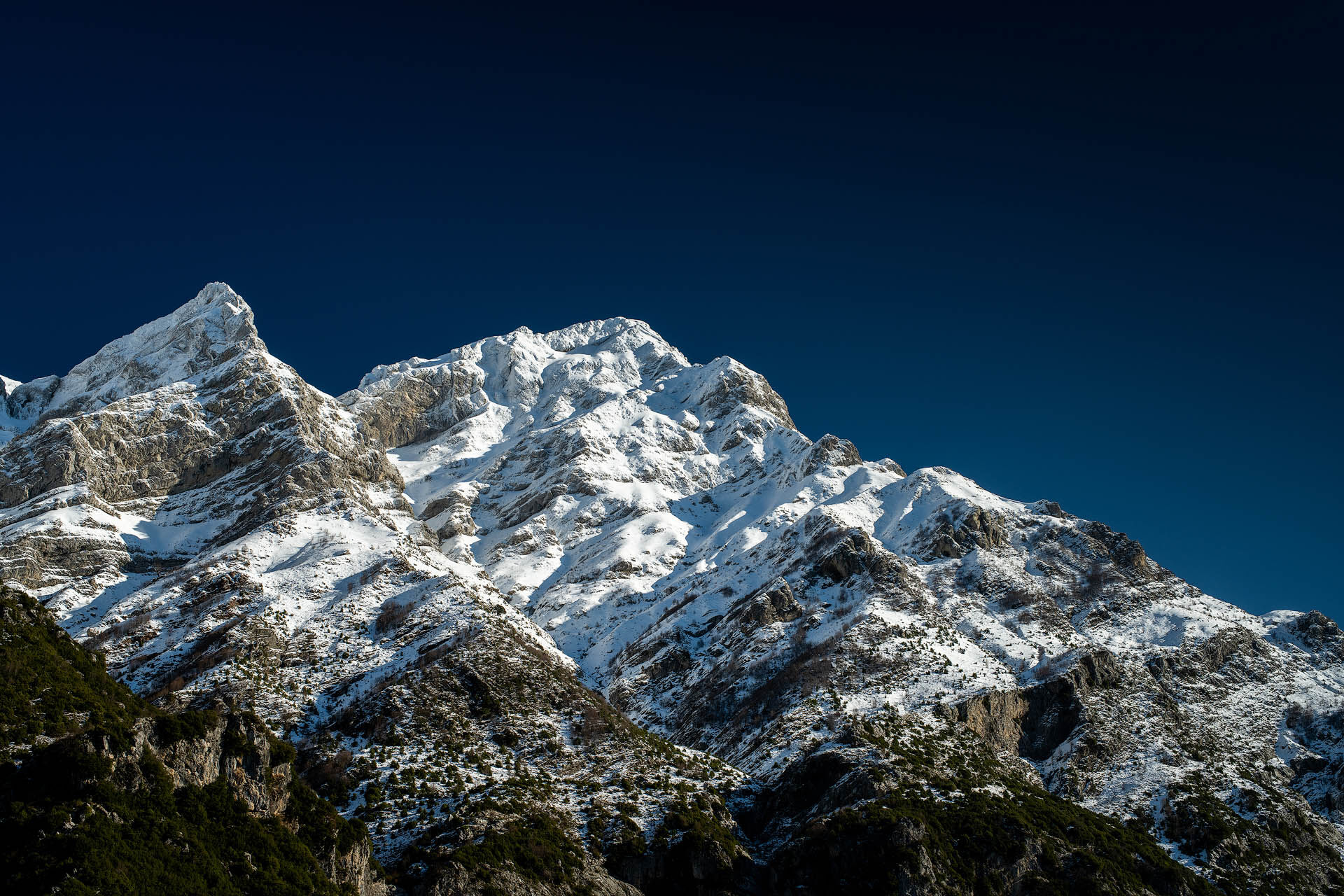
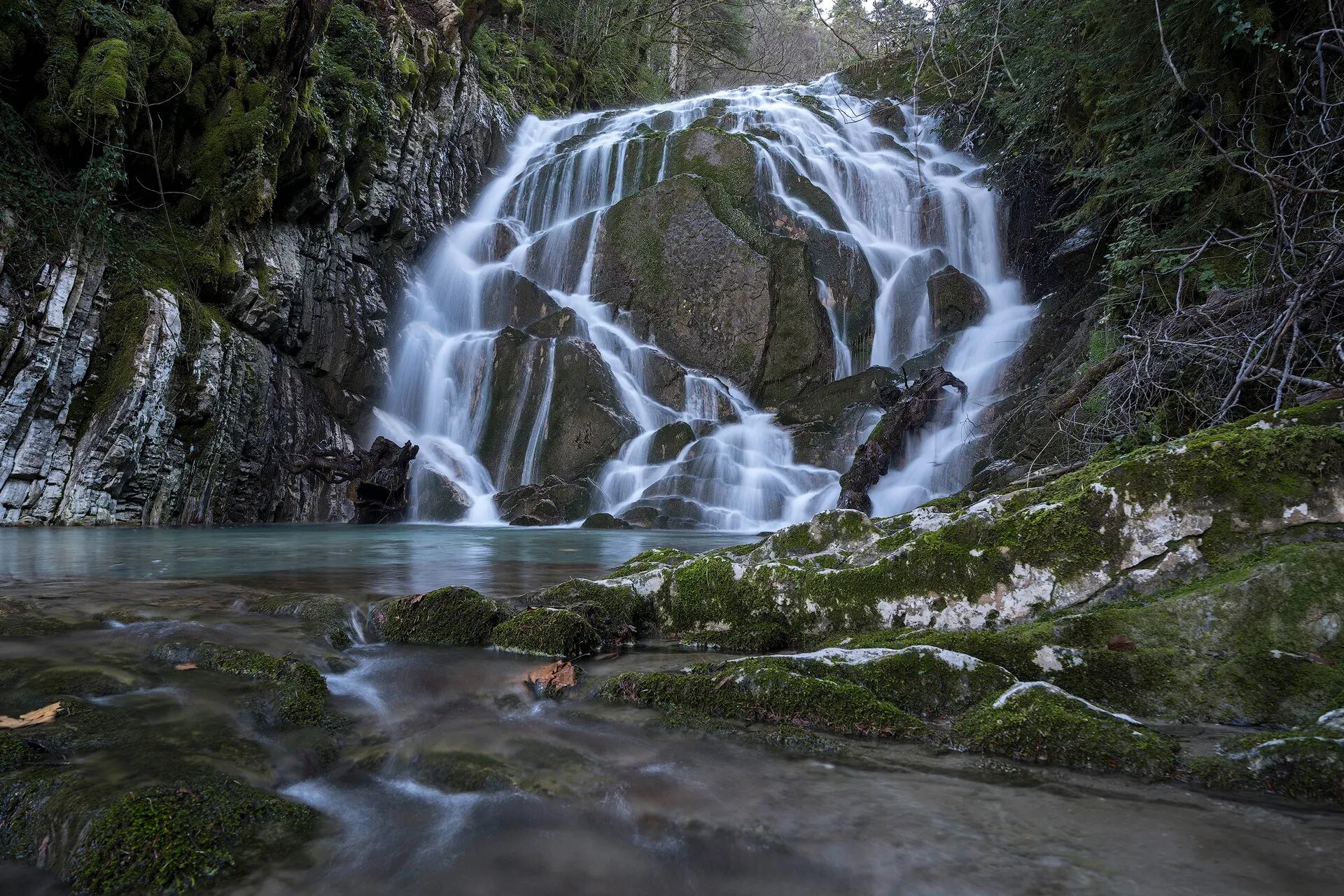
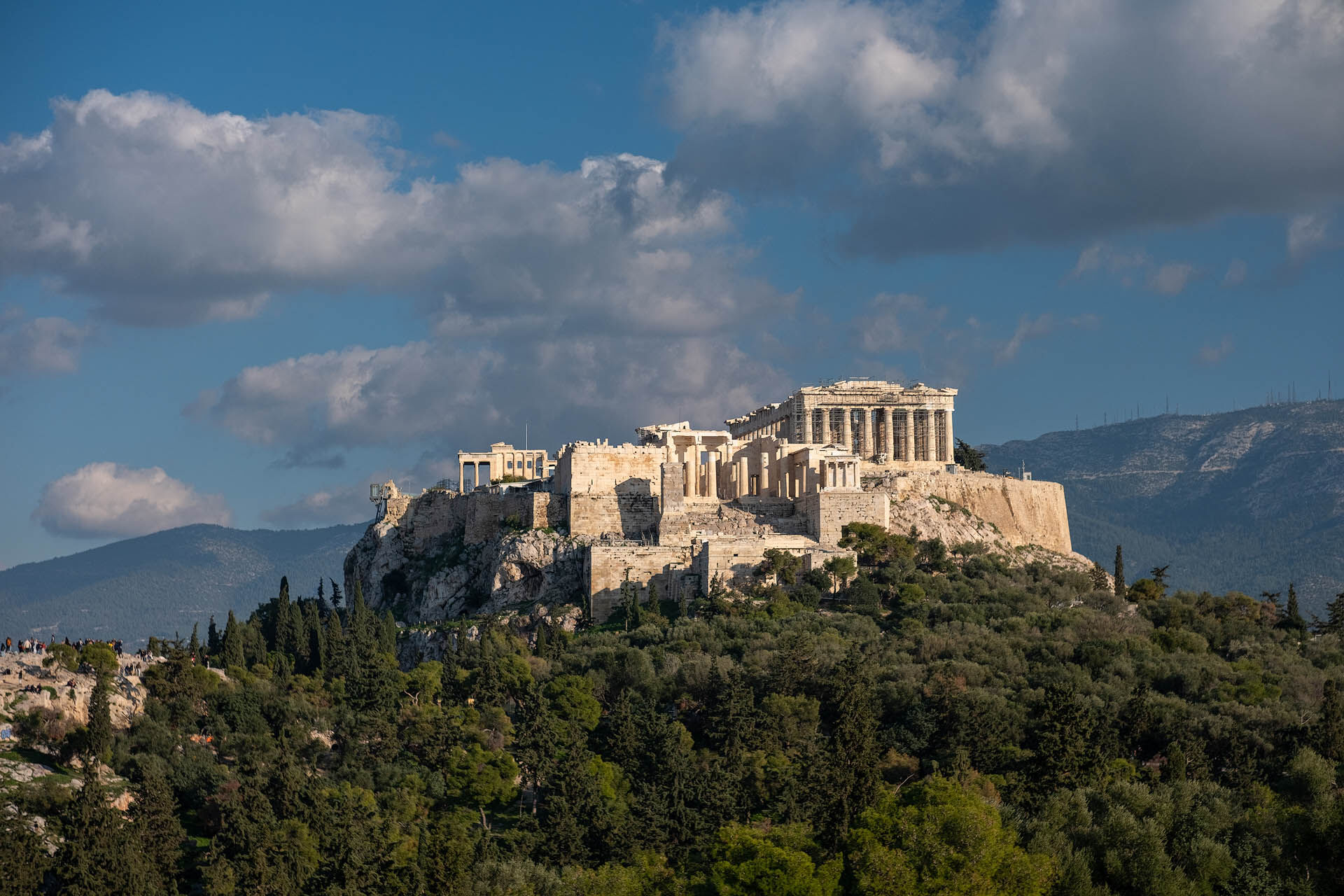
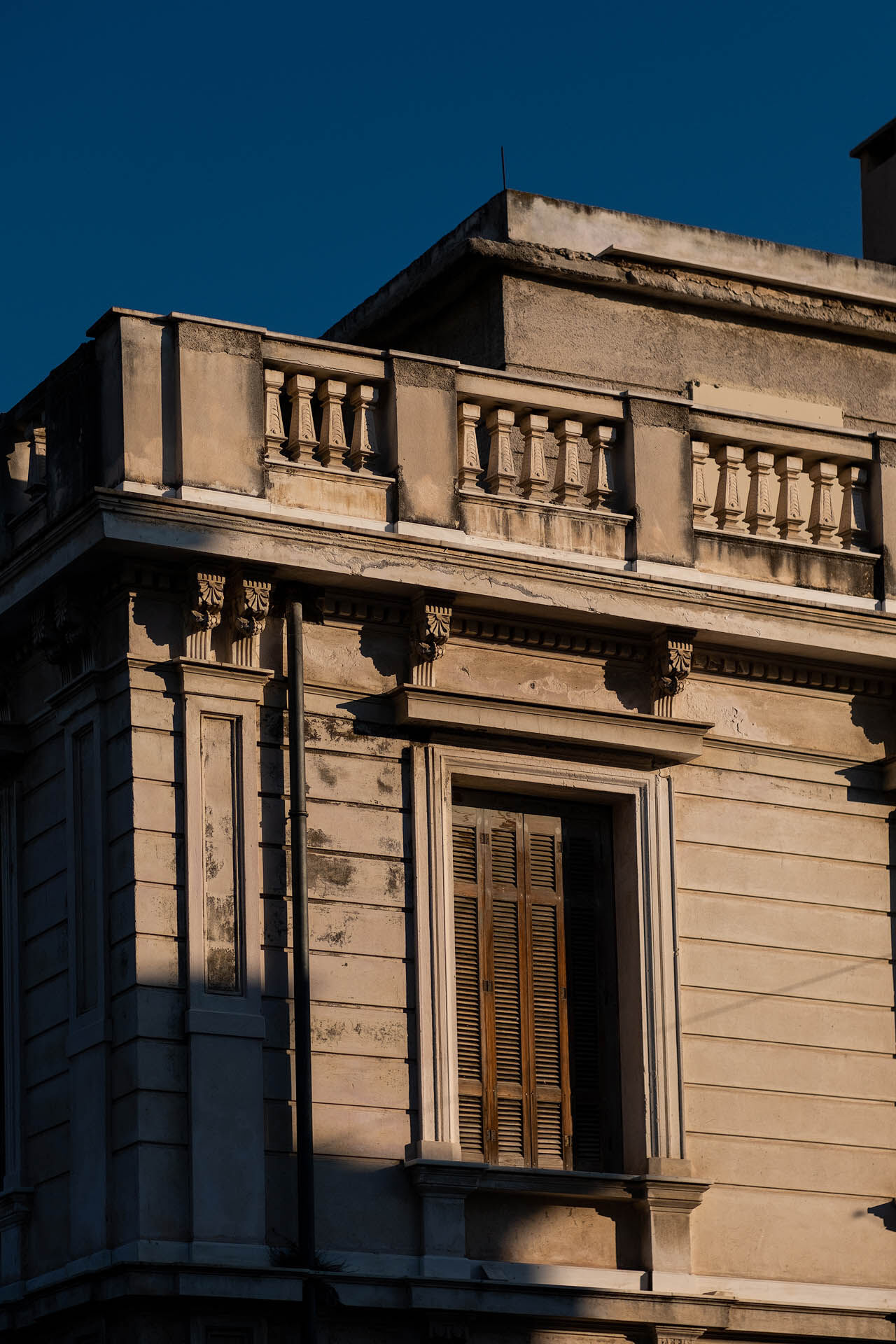
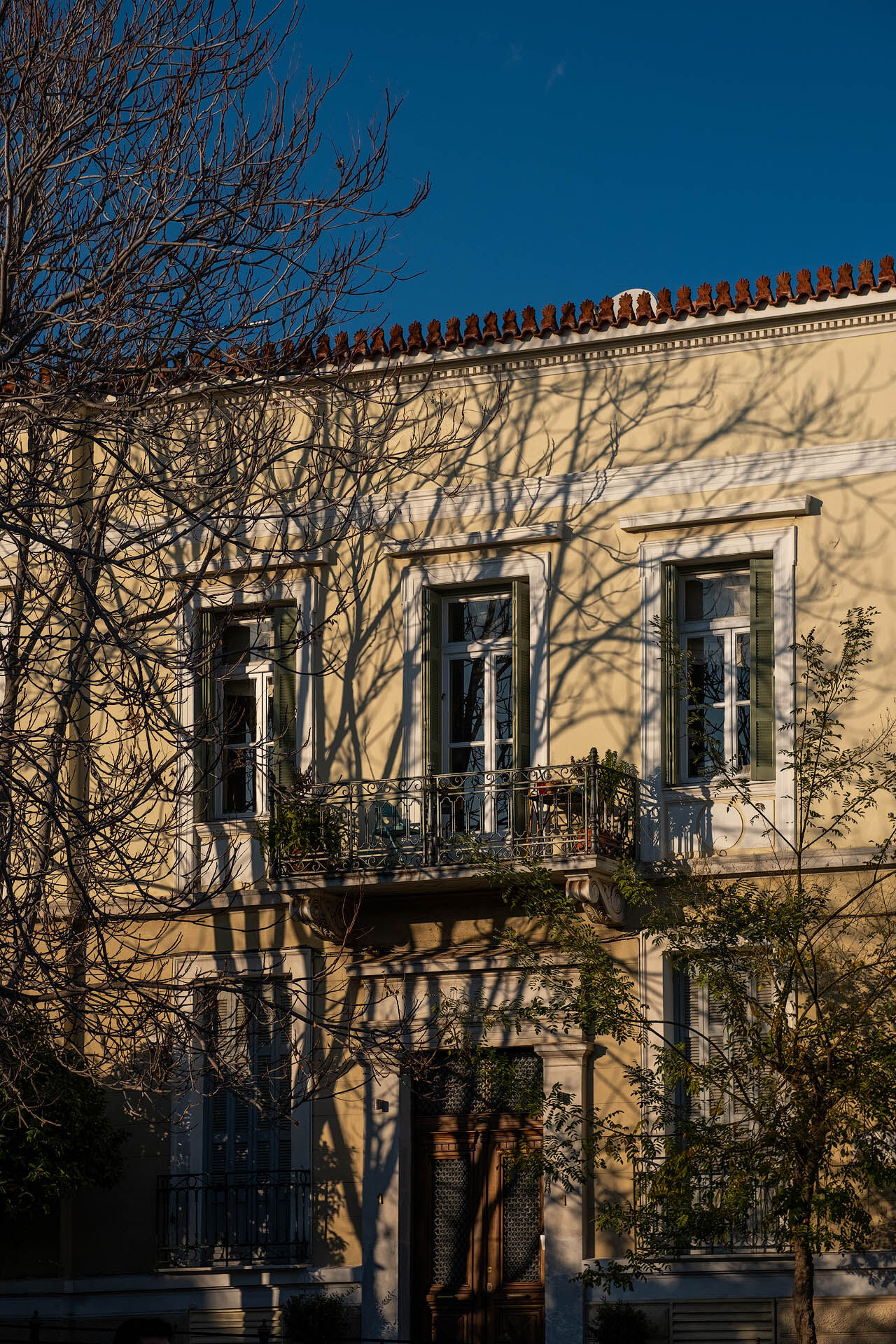
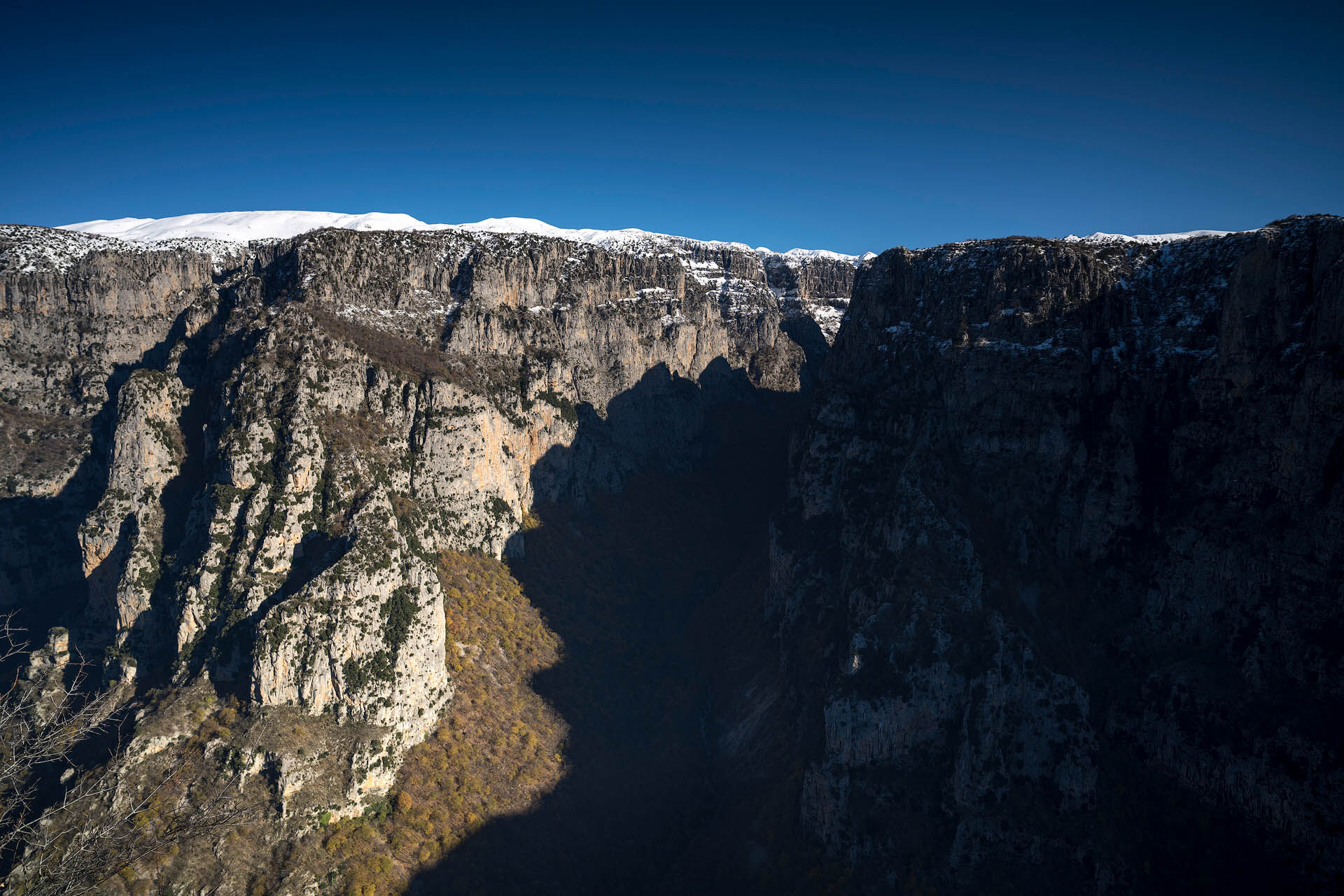
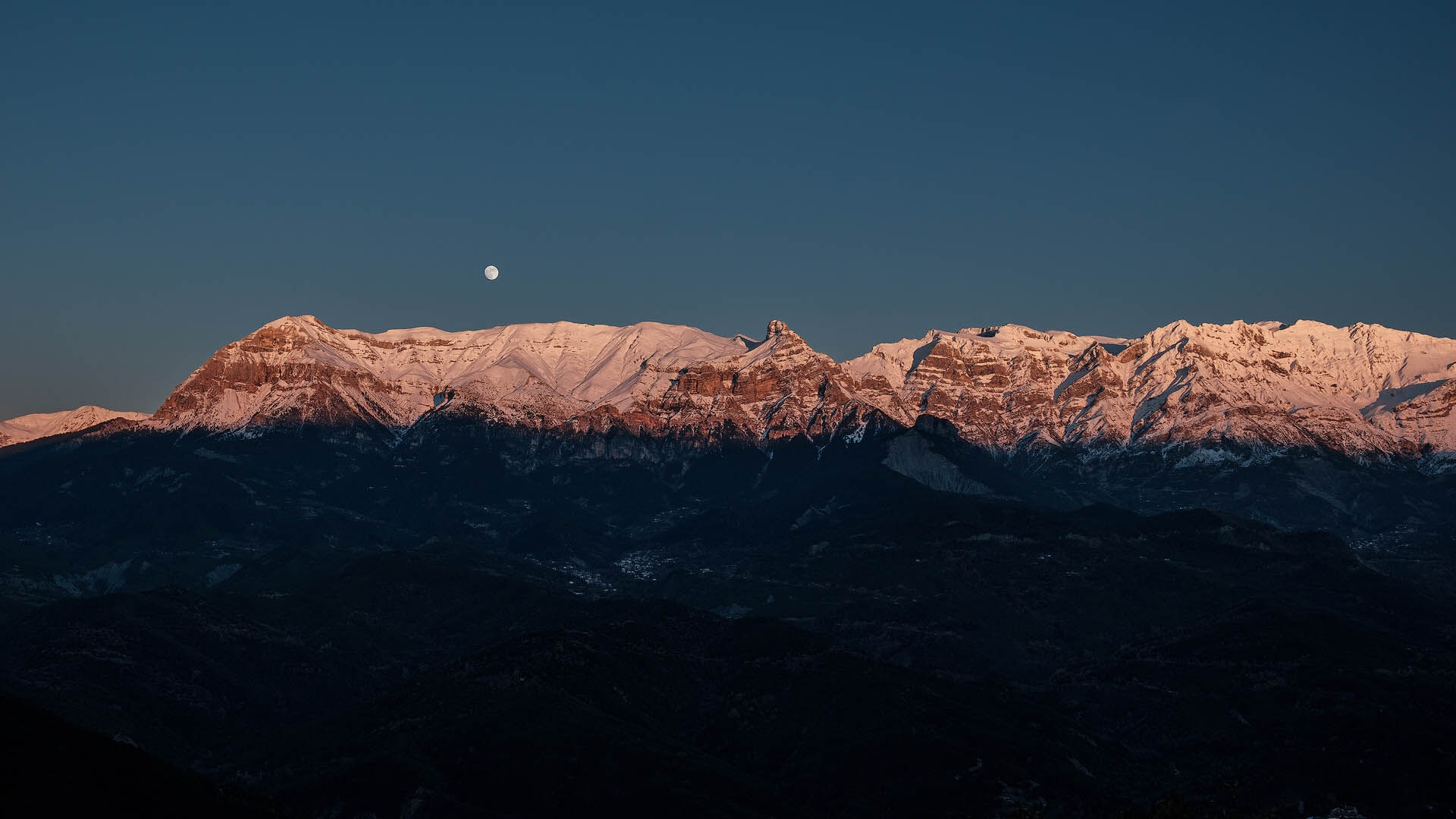
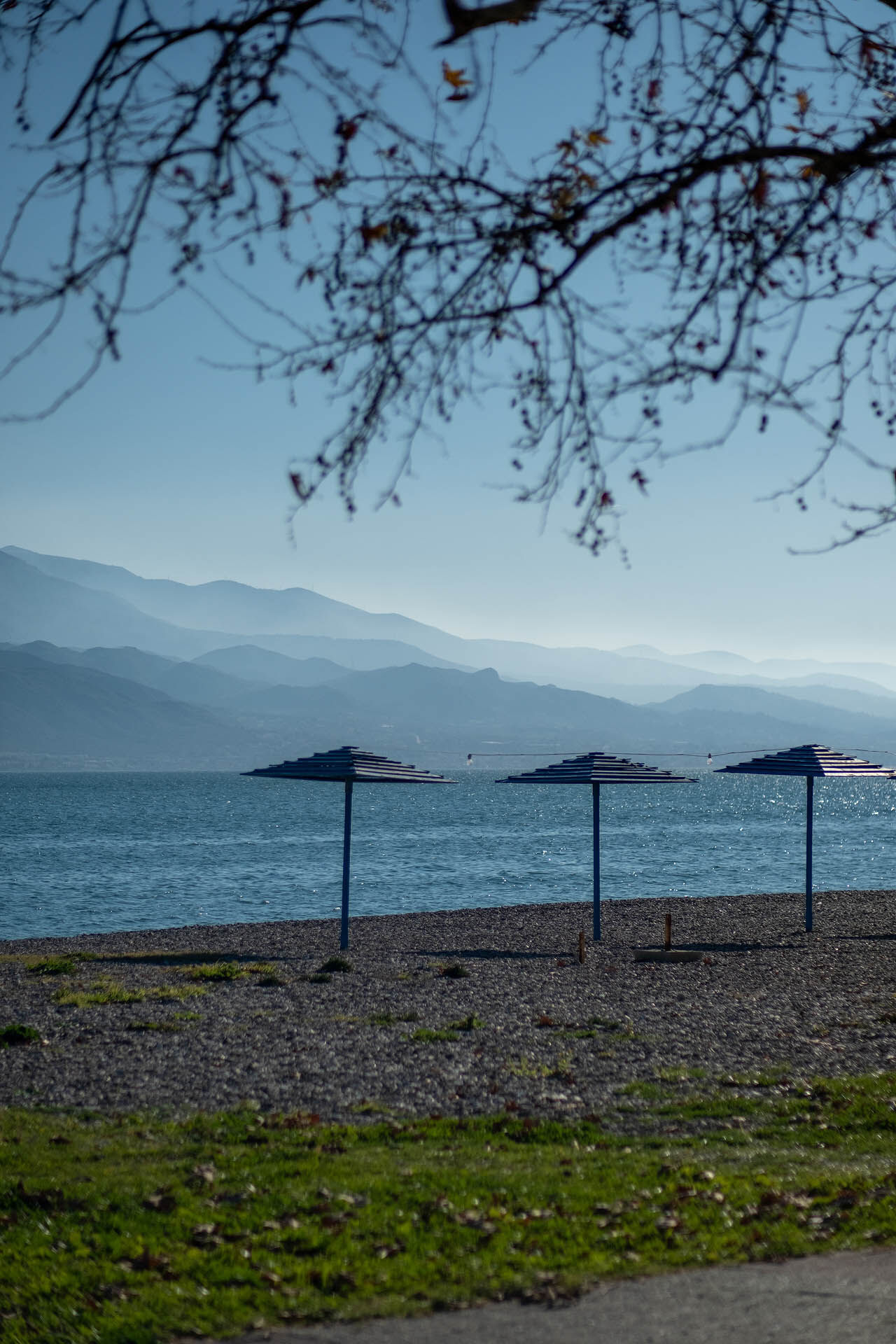
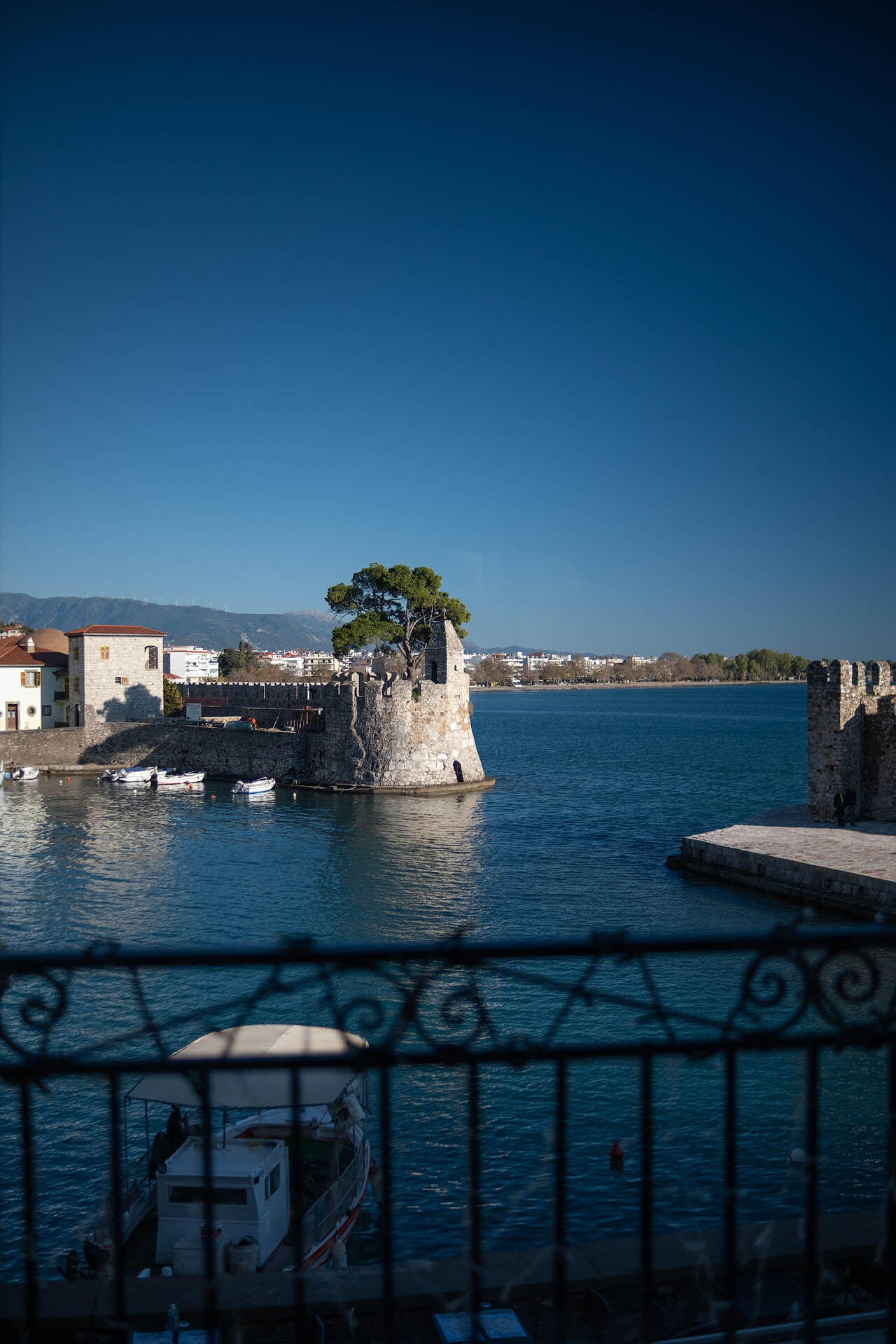
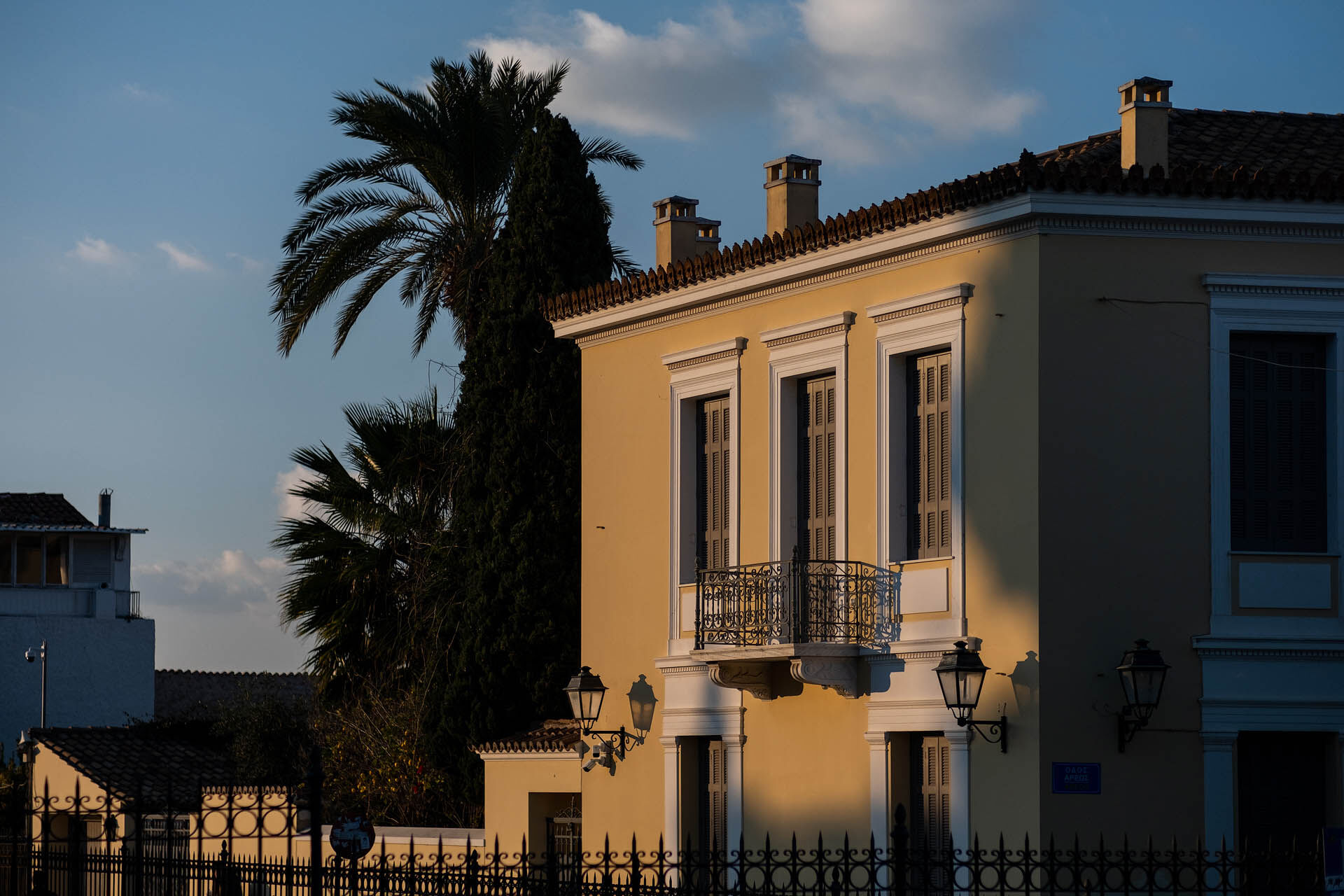
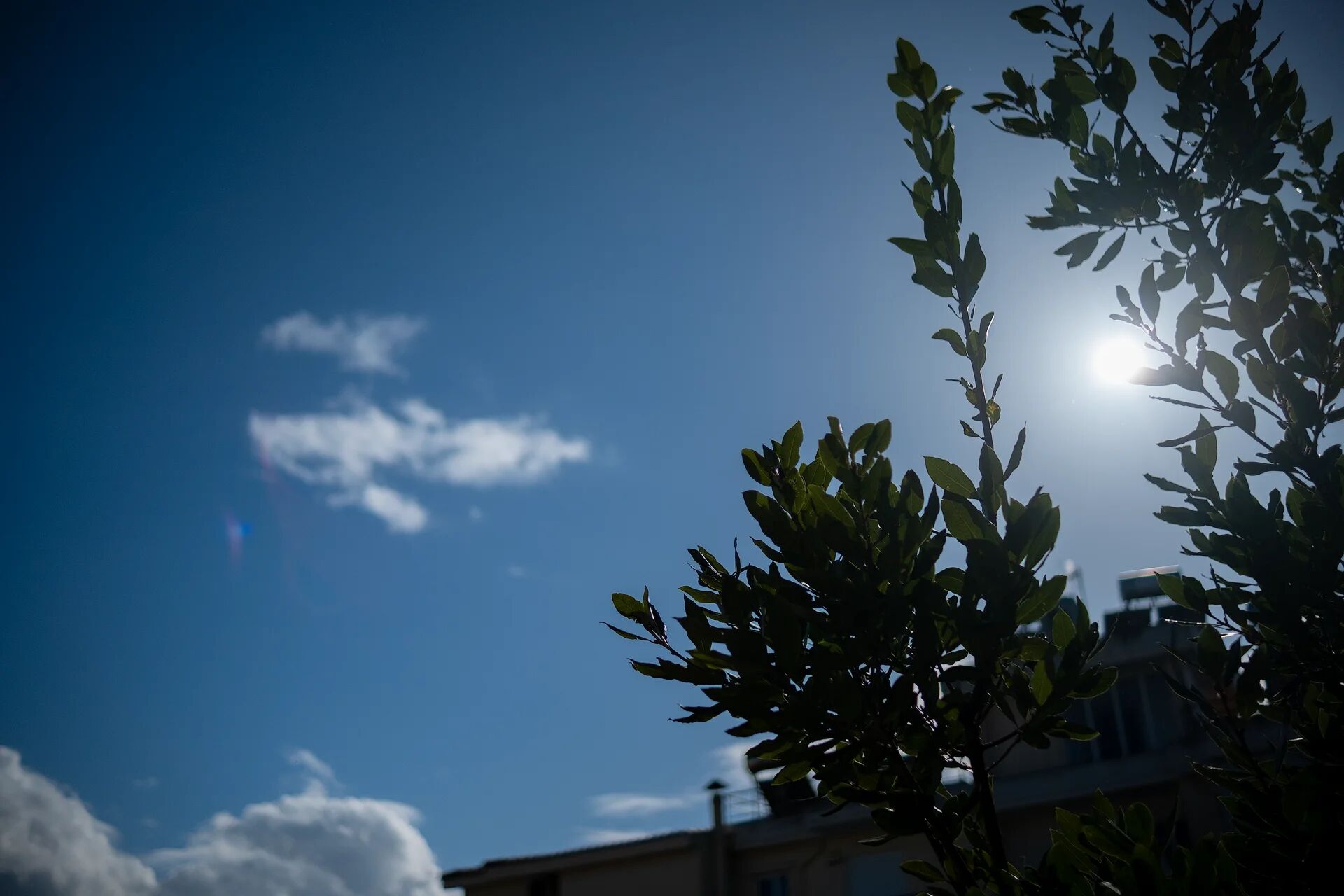
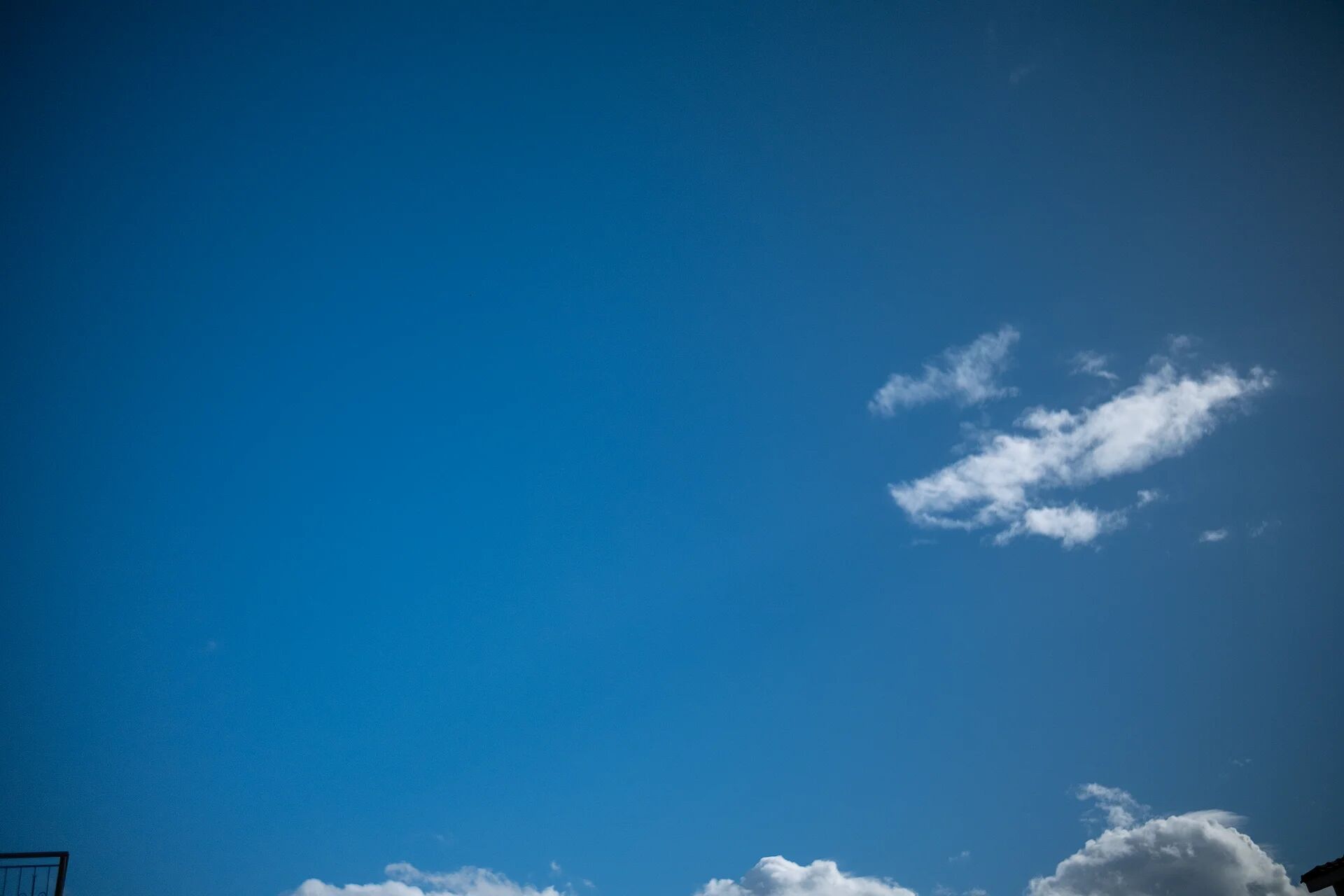





Leave A Comment